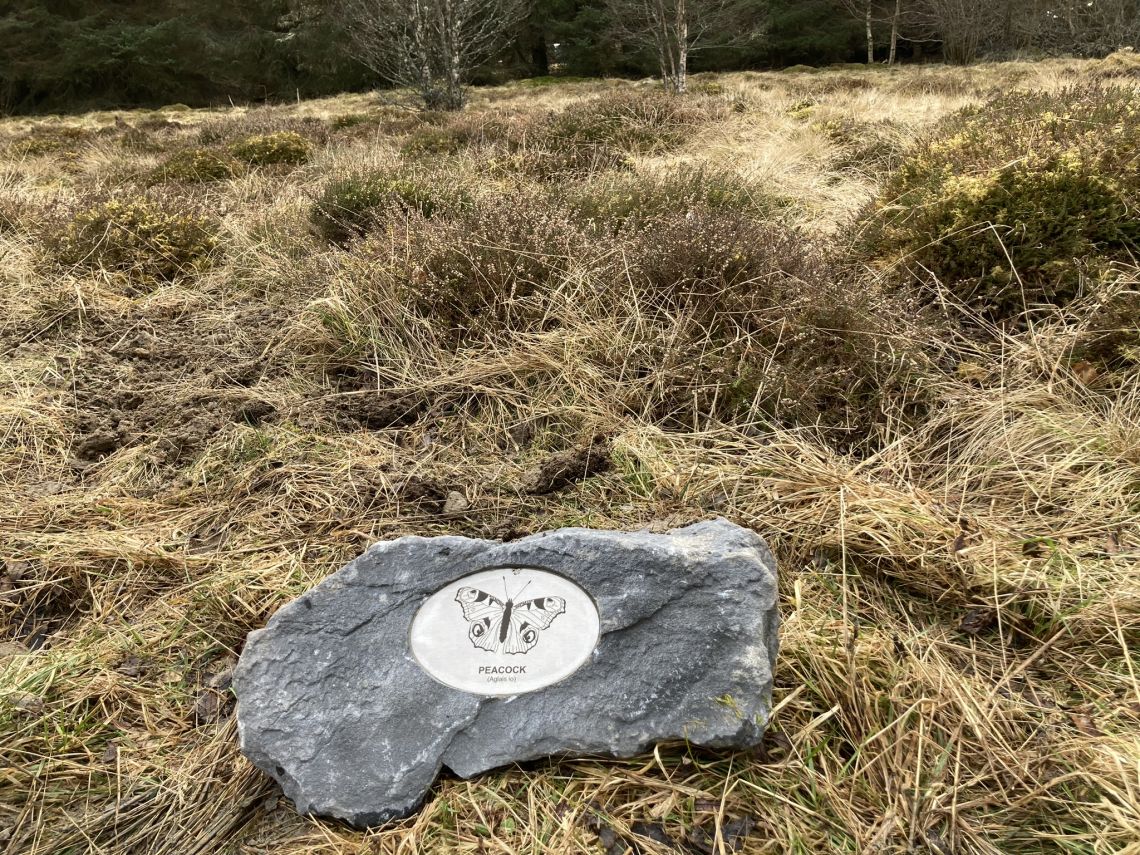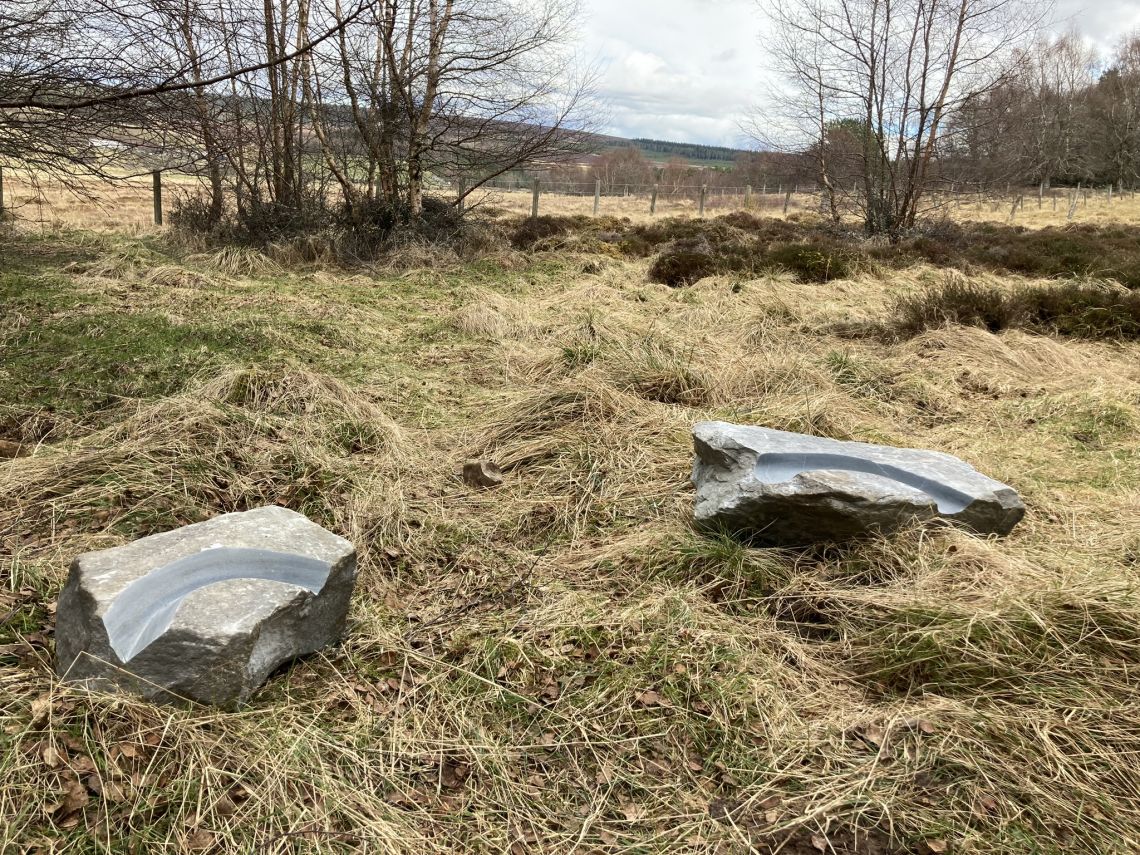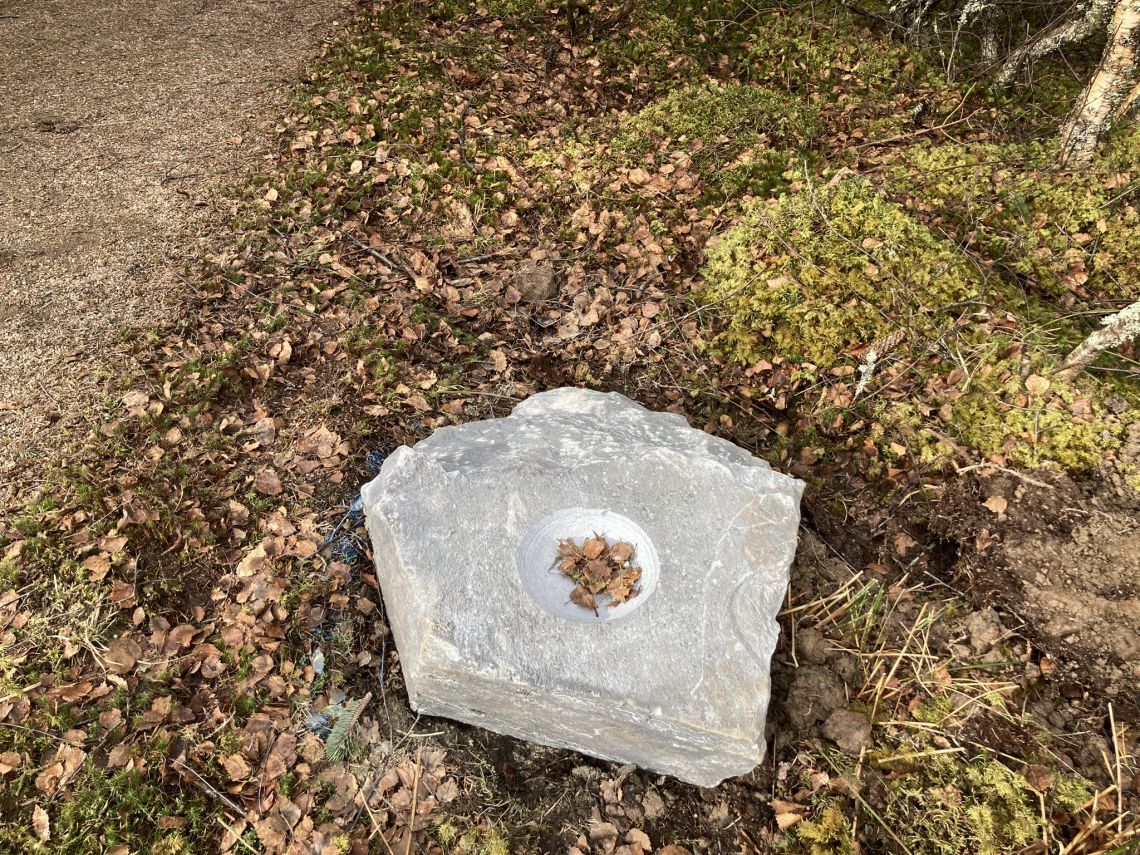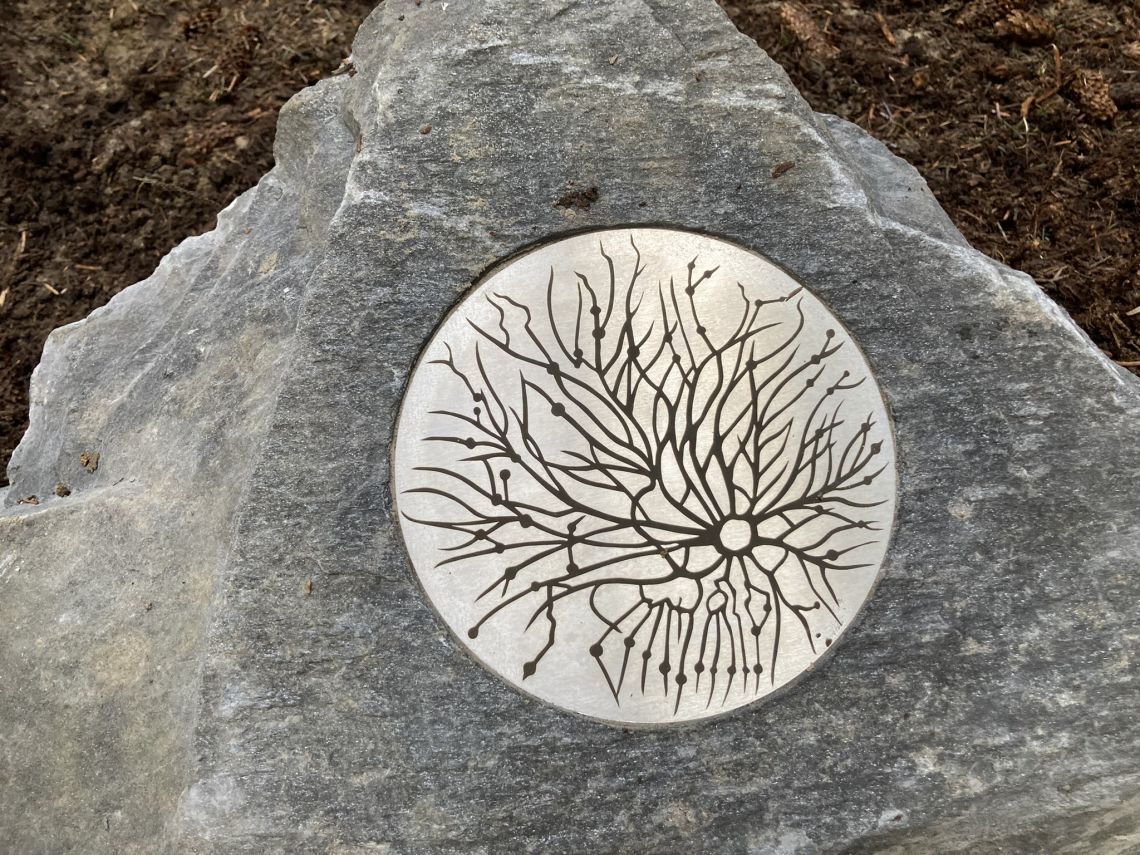Visitor Attractions
- Visitor centres
- For the Family
- Castles & Battles
- Viewpoints & Bridges
- Historic sites
- Distilleries
- Dark Skies
- All Access Mindfulness Trail
All Access Mindfulness Trail
The All Access Mindfulness Trail was installed in March 2023. The idea is to encourage people to dwell a little longer, connect with nature, and think about the moment and place they are in. There is a pollinator trail and pieces exploring human and geological influences on the landscape.
The trail starts beside the Glenlivet Estate Office and Visitor Centre in Tomintoul.
Slow down and enjoy...

Pollinators
Insects are essential for many plants to reproduce and come in a variety of shapes, perfectly adapted to the plants they visit. Though small many have beautiful, complex markings.

Field
Farming is a big shaper of our environment as farmers work with the land to feed us all. All around you see the regular shapes of man’s activity drawn onto the landscape.
Making Mountains:
Pluton
Glacial Valley
Water-cut Valley
Weathering
As you walk through the landscape, you can see evidence of the forces that shape it. The Cairngorms were formed by a bubble of magma that rose up below the Earth’s surface, becoming a granite pluton. U-shaped valleys such as the Lairig Ghru were then cut through the mountains by glaciers in the last ice age, while v-shaped valleys were cut by flowing water – the spectacular nearby Ailnack Gorge was cut by the meltwaters from the glaciers. Now the mountains have been ground down by ice, water and weather and the granite is exposed.

Rolling Rocks
Glaciers often moved rocks considerable distances across the landscape, wearing them smooth in the process. If you see a large boulder that looks out of place in the landscape, it may be one of these glacial erratics.
Soil
Over time the hollow in this stone will fill with debris from the trees and soil will begin to form. As this happens we can watch for the first plants that begin to colonise it.

Mycelium
Below the ground is a network of filaments – the fungal mycelium essential for the formation of soil.

Moss
This place is rich with beautiful mosses growing on the boggy ground. As they decompose in the wet conditions they become peat which stores huge amount of carbon.

Lynne Strachan and Mary Bourne have been working together since 2021.
Lynne Strachan is a visual artist based in the North East of Scotland whose work explores the connection between art, science and technology, taking an active interest in nature and the environment. This involves exploring spaces, landscapes, contemplating seasons and climates, while reflecting on inhabitants and the historical context of an area. You can learn more about her work at www.curiouscranberry.co.uk
Mary Bourne is a sculptor based in the North East of Scotland whose work explores the way we relate to our environment – intellectually, emotionally, physically, even economically. Her father was the ornithologist, Dr WRP Bourne, and she spent her formative years in Scotland’s wild places, learning by osmosis to appreciate the inter-relationship between animal species and their habitats, and gaining an understanding of man’s place in/impact on these ecosystems. You can learn more about her work at www.marybourne.co.uk